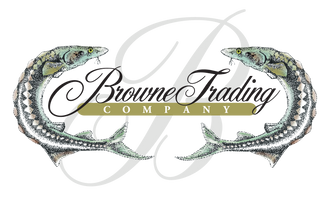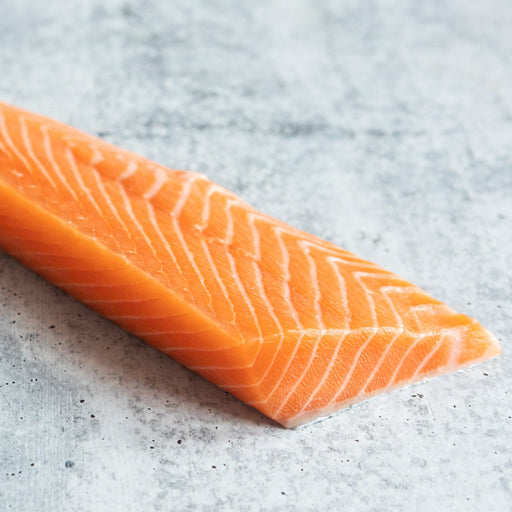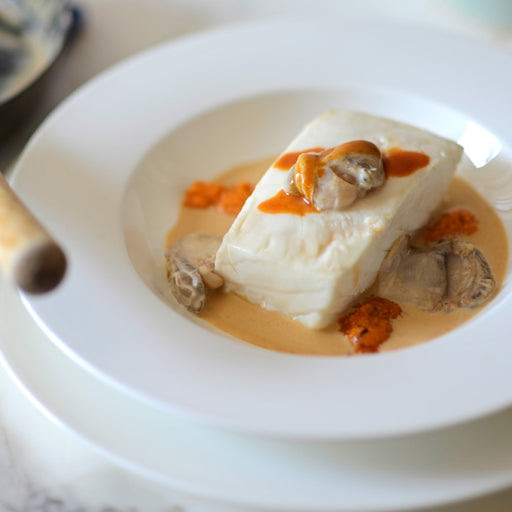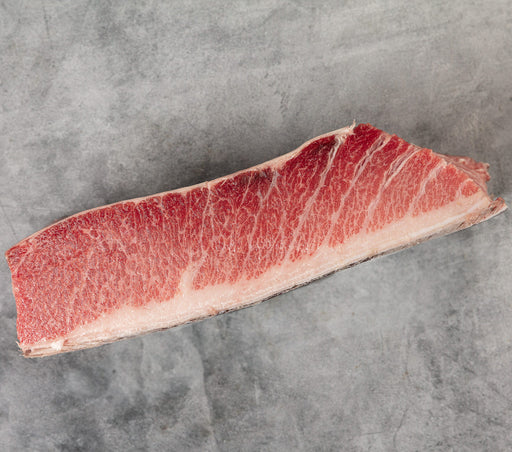
The Ike Jime Technique and our Cho-Rei-Kun Hamachi
Farm Raised
Our Cho-Rei-Kun Hamachi is farmed and raised in Japan using a method that has been practiced for over 90 years by local fishermen. This process begins when fishermen capture juvenile yellowtail and then farm the fish to maturity in a network of small farms. These expert fishermen take the utmost care of the fish while they are in their care. The fishermen only harvest the fish when they are in their correct season which leads to the fish being optimal in flavor, high in fat and low in moisture content.Start of Harvesting Process (Cho-Rei-Kun)
Once the fish is ready to be harvested they are brought to the Onsui Production Center. This center is in a prime location right next to the water where the fish are raised. This means the fish have a very short distance to travel before being harvested which minimizes stress to the fish. Before the yellowtail is harvested they are first placed in Oxygenated Sea Water (150-160% normal oxygen levels). They swim in this water for up to 16 hours allowing the fish to become extremely relaxed. This is important because when fish are stressed they build up higher levels of lactic acid in their muscles. Because the Yellowtail is only harvested once they are relaxed the cellular structure of the fish remains intact; leading to meat that has an enhanced flavor and far greater shelflife.Ikejime Technique and why it makes a Big Difference

The difference between Cho-Rei-Kun Hamachi and the standard method
When the yellowtail are harvested an advanced procedure called Ike Jime is utilized. Ikejime is a technique that originated in Japan some 350 years ago. During this method, the entire spinal column is immediately removed from the fish. This means that there is no possible way for the spinal cord to send distress signals to the muscles, which would lead to the production of lactic acid. It also effectively slows Adenosine triphosphate (ATP) transfer, which is the chemical that activates rigor mortis. This slows cellular break down and assures better flavor by eliminating sourness. Not only does this method cause immediate death and therefore no distress to the fish it also greatly aids in the removal of blood. The process removes 99.5 percent or more of blood from each fish. The fish is then injected with the Onsui patented solution, resulting in a clean, blood-free hamachi. With this step, the hamachi retains its natural color, has an increased shelf-life and results in an increased yield at the kitchen level. If you are interested in learning more about the Ikejime technique check out this article posted by the Michelin Guide. Below is a short video showing the difference between the Cho-Rei-Kun Hamachi a
The final step in the production of this premium quality fish is the freezing process. We are excited to say that the whole process, from harvest to frozen, takes only 2 hours 30 minutes to complete. This is 80 percent faster than competing Japanese products and means that the fish is frozen before the onset of rigor mortis.

Featured collection
Ora King Salmon
"The best salmon I’ve ever tasted. Succulent and rich, the cut of salmon transcended salmon." - Food & Wine Magazine on Ora King Salmon 1 skin...
View full detailsNorth Atlantic Salmon
1 skin-on fillet - 3-4 pounds 2 skin-off portions - 1 pound total Premium fresh, never frozen sushi grade fish Sustainably farmed Browne best sell...
View full detailsFarmed Dover Sole
2 whole fish - 2 pounds total. Scales-on & guttedor 4 skin-on fillets - 1 pound total. Fresh or Frozen Iconic for French cuisine Premium fresh...
View full detailsNorth Atlantic Halibut
Approx. 2 pound skin-on fillet or 2 skin-on portions - 12 ounces total Browne Trading takes great pride in purchasing only the best North Atlantic ...
View full detailsMaine Bluefin Toro
Approx. 2 pound toro. Fresh. For loin cut, please see here. The Maine Bluefin Toro makes up only 1/5 of the sellable bluefin. For this reason the ...
View full details










Leave a comment